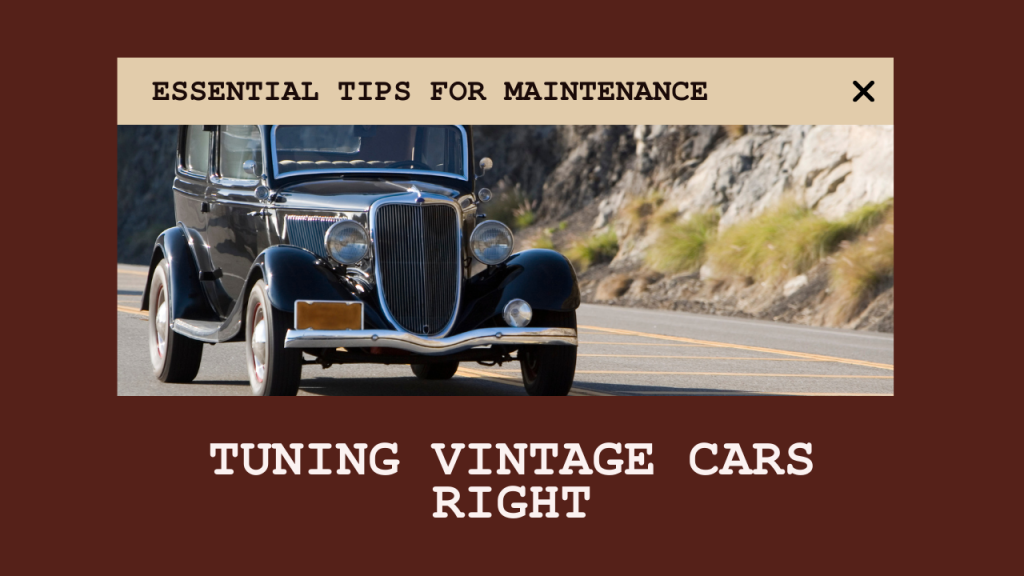Tuning and maintaining oldtimers is a rewarding yet demanding endeavor that requires careful attention to detail and a deep appreciation for automotive history. Proper maintenance is crucial to preserving the vehicle’s value and ensuring its longevity. Here are some essential tips for tuning and maintaining these classic cars to keep them in top condition.
1. Start with a Comprehensive Inspection: Before embarking on any tuning work, conduct a thorough inspection of the vehicle. Check the engine, transmission, suspension, and braking systems for signs of wear and tear. Look for rust or corrosion on the body and undercarriage, and assess the condition of the interior. Identifying issues early can help prioritize repairs and avoid more costly problems down the line.
2. Focus on Originality: When tuning oldtimers, maintaining originality is key. Use authentic or period-correct parts whenever possible. This not only preserves the car’s historical value but also ensures that it performs as it was originally intended. For parts that are no longer available, consider having them custom-made or refurbished to match the original specifications.
3. Prioritize Rust Prevention: Rust is a common issue in classic cars, especially those that have been exposed to moisture or road salt. Regularly inspect the vehicle for rust and address any issues promptly. Use rust inhibitors and protective coatings to prevent further damage. For severe rust problems, professional bodywork may be necessary to restore the car’s integrity.
4. Upgrade for Reliability: While preserving originality is important, some modern upgrades can enhance reliability and safety. Consider retrofitting components such as electronic ignition systems, modern braking systems, or improved suspension parts. These upgrades can make the car more enjoyable to drive while maintaining its classic appearance.
5. Regular Maintenance is Key: Oldtimers require regular maintenance to keep them running smoothly. Follow a consistent maintenance schedule that includes oil changes, filter replacements, and fluid checks. Pay attention to the car’s specific needs based on its make and model. Regular servicing can prevent minor issues from becoming major problems.
6. Protect the Interior: The interior of a classic car is as important as the exterior. Use high-quality products to clean and condition leather or fabric upholstery. Protect the dashboard and trim from UV damage by using appropriate covers or treatments. Keeping the interior in good condition enhances the overall experience of owning and driving an oldtimer.
7. Consult Experts: When in doubt, consult with experts who specialize in classic cars. Whether you need advice on repairs, sourcing parts, or tuning techniques, experienced professionals can provide valuable insights and ensure that your oldtimer receives the best care.
In conclusion, tuning and maintaining oldtimers involves a blend of historical preservation and practical upgrades. By following these tips and approaching the process with care and respect, you can ensure that your classic vehicle remains a cherished part of automotive history for years to come.

